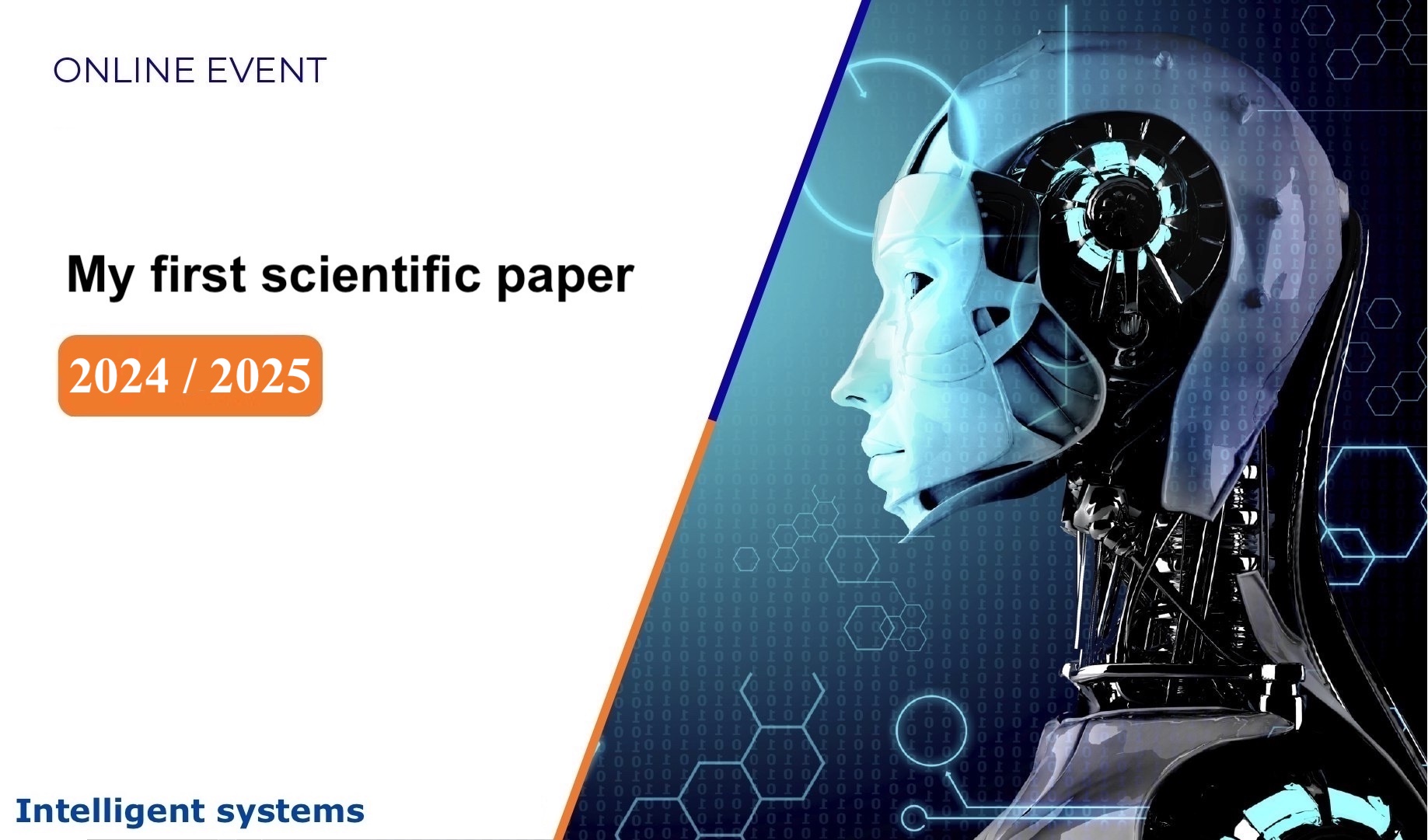Difference between revisions of "My fist scientific paper"
| Line 7: | Line 7: | ||
The goal is to prepare and select the research topic of your dream. We must be sure that the problem statement and project planning lead you to successful delivery. | The goal is to prepare and select the research topic of your dream. We must be sure that the problem statement and project planning lead you to successful delivery. | ||
| − | '''See you this [https://m1p.org/go_zoom Saturday (September 14th, 2024) at 14: | + | '''See you this [https://m1p.org/go_zoom Saturday (September 14th, 2024) at 14:40 m1p.org/go_zoom]''' |
* [[The Art of Scientific Research|The course syllabus]] | * [[The Art of Scientific Research|The course syllabus]] | ||
Revision as of 13:23, 11 September 2024
Fall 2025 — Functional Data Analysis starts soon
Before 13 February 2026 — My first scientific paper: Suggest your project here
On Thursdays at 17:50 — Class m1p.org/go_zoom and discussion channel t.me
See results of 2024 — on GitHub
The Art of Scientific Research
The goal is to prepare and select the research topic of your dream. We must be sure that the problem statement and project planning lead you to successful delivery.
See you this Saturday (September 14th, 2024) at 14:40 m1p.org/go_zoom
m1p Course progress
This course produces student research papers. It gathers research teams. Each team joins a student, a consultant, and an expert. The student is a project driver who wants to plunge into scientific research activities. The graduate student consultant conducts the research and helps the student. The expert, a professor, states the problem and enlightens the road to the goal. The projects start in February and end in May, according to the schedule.
- Course schedule, Spring 2025
- Week 0: Come in
- Week 1: Set the toolbox
- Week 2: Select your project and tell about it
- Week 3: State your problem
- Week 4: Plan the experiment
- Week 5: Visualise the principle
- Week 6: Write the theory
- Week 7: Analyse the error
- Week 8: Construct your paper
- Week 9: Review a paper
- Week 10: Select a journal to submit
- Week 11: Prepare your presentation
- Week 12: Show your results (Youtube)
LINKS
- 2024 results GitHub
- 2024 problems GitHub
- 2023 problems GitHub
- 2022 results GitHub
- Telegram: discussion Ask here!
- The meeting room: m1p.org/go_zoom
- More courses from the Intelligent Systems
HISTORY
- Main page with old homework
- Group 674, 694, spring 2020
- Group 674, spring 2019
- Group 694, spring 2019
Mathematical methods of forecasting, 2024
This course delivers methods of model selection in machine learning and forecasting. The modeling data are videos, audios, encephalograms, fMRIs, and other measurements in natural science. The models are linear, tensor, deep neural networks, and neural ODEs. The practical examples are brain-computer interfaces, weather forecasting, and various spatial-time series forecasting. The lab works are organized as paper-with-code reports. See the course page
